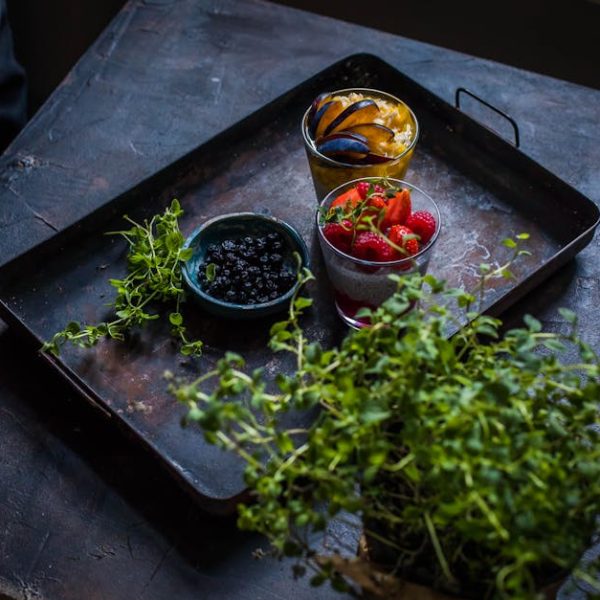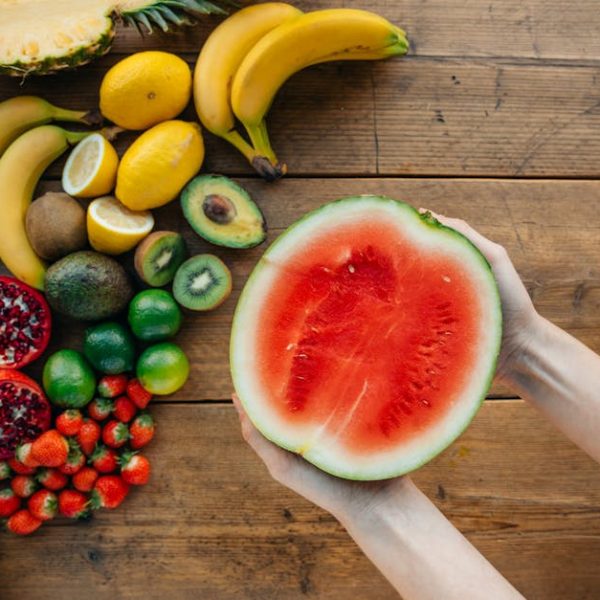Pineapples, lovingly referred to as the king of fruits, was first found in South America, specifically the area between southern Brazil and Paraguay. Spanish explorers spread the pineapple plant to the Caribbean, Central America, and Mexico. The fruit eventually found its way to Asia via sea-traveling traders.
Representing hospitality and friendship, pineapples are unique, not just in appearance, but also in their formation. Did you know that it’s actually a composite fruit, where multiple berries merge together to form a whole pineapple? Now you do! On the nutritional front, pineapples are powerhouses, boasting an impressive profile comprising vitamins C and B, potassium, dietary fiber, and plant compounds that impart antioxidant benefits.
Next time you’re at a grocery store, choosing a ripe pineapple might seem like a Herculean task. Here’s a handy tip though – opt for a pineapple that’s heavy and gives off a sweet scent at the base. Store it at room temperature if you plan to consume it in a couple of days. To extend its shelf life, refrigerate the sliced chunks.
The Health Benefits of Eating Pineapples
Not only does this spiky fruit get your taste buds dancing, but it also imparts a healthy punch! Pineapples are rich in antioxidants that protect our cells from damage. Their high vitamin C content boosts immunity, and an enzyme called bromelain aids in digestion.
Pro Tip: Squeeze in a cup of freshly cut pineapples to your breakfast regimen or toss them in your salad for lunch. Combining it with protein-rich features in your diet could help you extract maximum benefits from this fruitful marvel.
From preventing inflammatory diseases and heart issues to combating tumor growth, the list goes on when it comes to the wonders of eating pineapple. So, when in doubt, indulge in a pineapple!
Culinary Uses: How to Use Pineapples in Cooking
The culinary world adores pineapple, and the reasons are pretty evident. With their incredible balance of sweetness and tartness, pineapples elevate the flavor profile of both savory and sweet dishes. Whether it’s the classic Hawaiian pizza, tangy Asian stir-fries, or flavorful Caribbean rice dishes, pineapples comfortably find their place in a range of recipes around the world.
Comparing fresh and canned pineapple uses, it boils down to personal preference. Fresh pineapple pairs beautifully with fresh ingredients, but in baking or cooked recipes, canned pineapples hold their own with a consistent sweetness year-round.
Next, we dive into the creative non-culinary use of pineapples, their sustainability, and their potential environmental benefits.
Crafty Ideas: Creative Non-Culinary Uses of Pineapples
To some, a pineapple is just a tropical fruit, but to DIY enthusiasts, it’s a world of creative possibilities! From being a funky candle holder to an exciting centerpiece at a tropical-themed party, there are a million things you can do with a pineapple.
Start by using the shells as a fun alternative to bowls when you’re serving salads or desserts. Or better yet, carve out its innards, pop a tea light in it, and you have yourself a rustic candle holder. Got a flair for gardening? They can make perfect planters for succulents too!
Here’s a quick checklist of supplies you might need:
- Pineapple
- Knife
- Ice-cream scoop or spoon
- Tea candle or small succulents (depending on your project)
Beyond the Fruit: Sustainability and Environmental Benefits of Pineapples
Mr. Environment would be pleased to know how sustainable a pineapple can be. Virtually every part of a pineapple plant can be used, minimizing waste and contributing to sustainability. Pineapple leaves can be dried and woven into fabrics or used in making paper.
Growing pineapples bring certain environmental benefits too. Pineapples are resistant to most pests, reducing the need for pesticides.
On the flip side, commercial pineapple farming is often criticized for heavy water usage, soil erosion, and agrochemical pollution. It’s a wakeup call for us to consider more sustainable pineapple farming practices or sourcing from organic, small scale farmers.
Last but not least, did you know that you can compost pineapple scraps? Pineapple leaves, pulp, and skin are rich in nutrients, making them great compost material. Just remember not to throw in the crown—they can regrow into a new pineapple plant!
The journey of discovering pineapples might start at your kitchen table, but as we’ve learned, it extends far beyond that. Whether it’s for nutritional goodness, adding a kick to the dishes you cook, or embracing it in your next DIY project, pineapple is indeed a wonderful fruit to explore.
Key Takeaway:
- Pineapples, originating from South America, are nutritious fruits high in vitamins C and B, potassium, dietary fiber, and helpful antioxidants.
- Regularly consuming pineapples can improve health by boosting immunity and aiding in digestion, among other benefits.
- The versatile fruit enhances the flavor of numerous sweet and savory dishes across various cuisines.
- Pineapples can also be used in non-culinary creative projects, such as candle holders or planters.
- Every part of the pineapple plant can be used, making it a sustainable resource for the environment.
Whether used for its health benefits, as a culinary ingredient, or in DIY projects, pineapples provide an array of possibilities. Remember, the key to maximizing their potential lies in your creativity. So embrace this wonderful fruit and explore new ways to incorporate it into your daily life.
FAQs
Q: I’ve heard that pineapples are good for digestion. How do they aid in this process?
A: Pineapples contain a special enzyme called bromelain, which helps break down proteins and makes digestion easier.
Q: Can the pineapple plant be utilized in other ways apart from eating the fruit?
A: Absolutely! Pineapple leaves can be dried and woven into fabrics or used to make paper. Even the skin and pulp make great compost material.
Q: Is there a difference in nutritional value between fresh and canned pineapples?
A: While fresh pineapple may have slightly more nutrients due to less processing, canned pineapple still provides a good amount of vitamins and minerals. However, be aware that canned pineapple can have added sugar.
Q: How can I tell if a pineapple is ripe at the store?
A: A ripe pineapple will be heavy for its size and emit a sweet scent at the base.
Q: What are some creative ways to use pineapples in cooking?
A: Pineapples add a sweet and tangy flavor to many dishes, from pizzas and stir-fries to desserts and salads. Be adventurous and try adding pineapple to your favorite recipes!
We encourage you to share this article and explore more of our interesting posts about unique fruits and their uses on our website.






